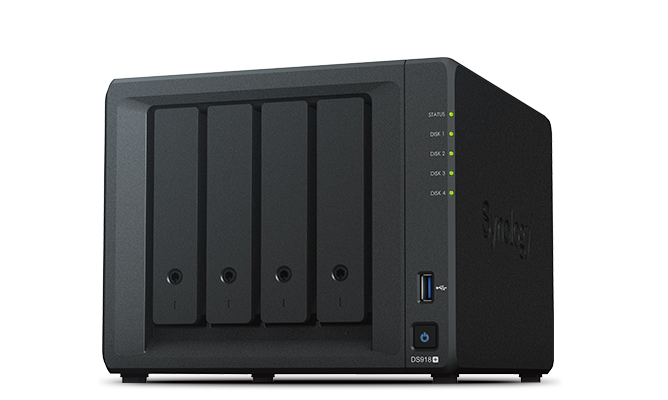Shucking a hard drive is the practice of removing a hard drive from it’s (external) USB exclose. This may sound like a stupid thing to do, but this can save you some money (150 euro vs 220 euro) 🤑
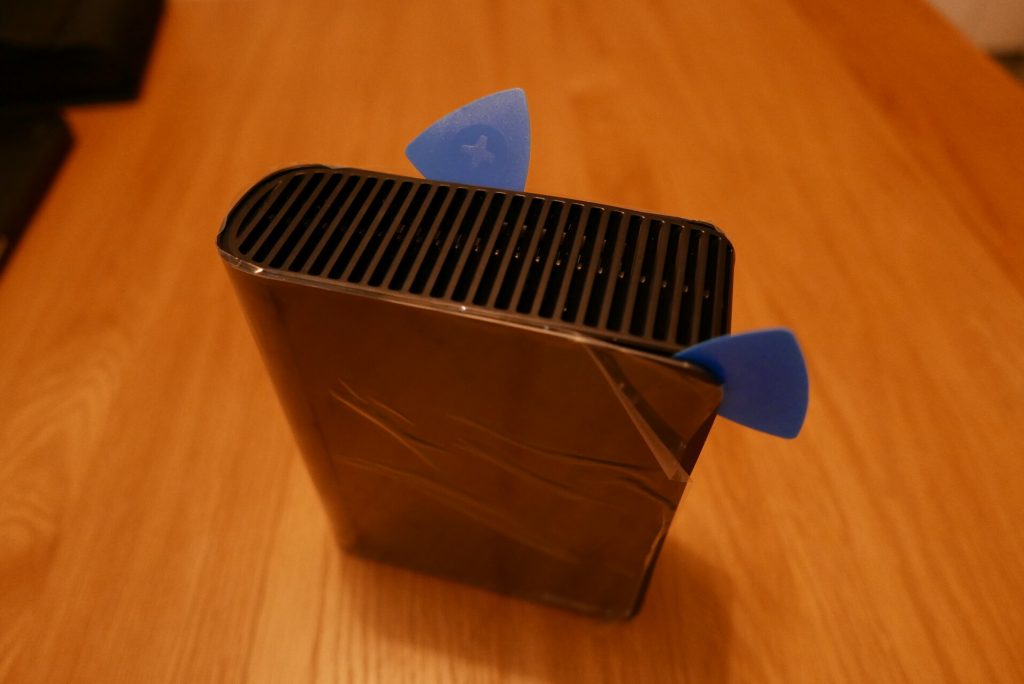
Cracking the case 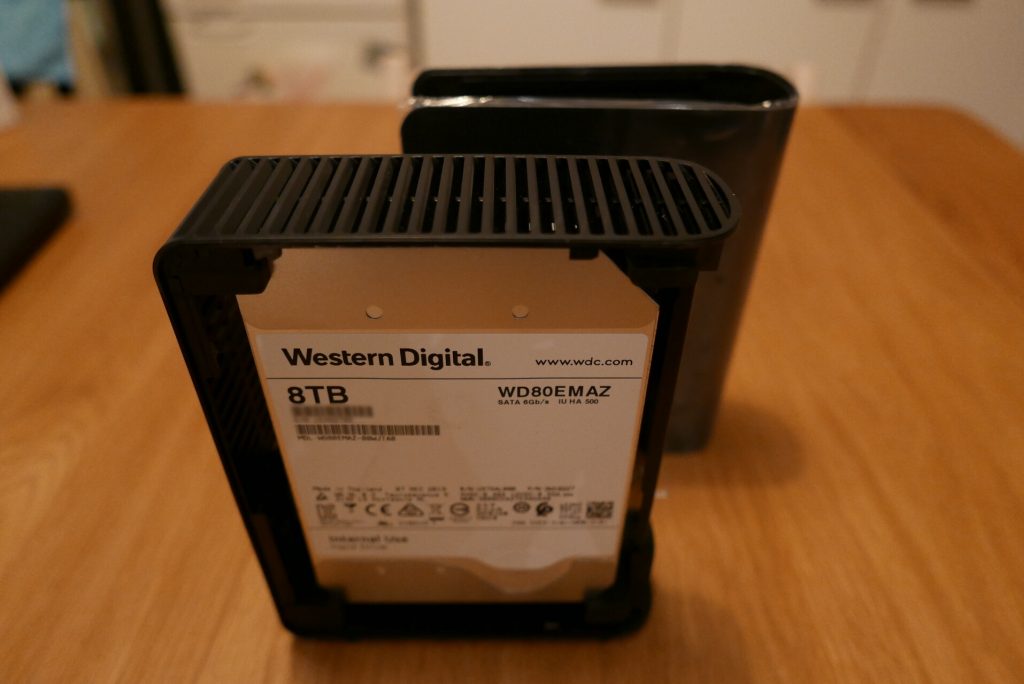
See what we got 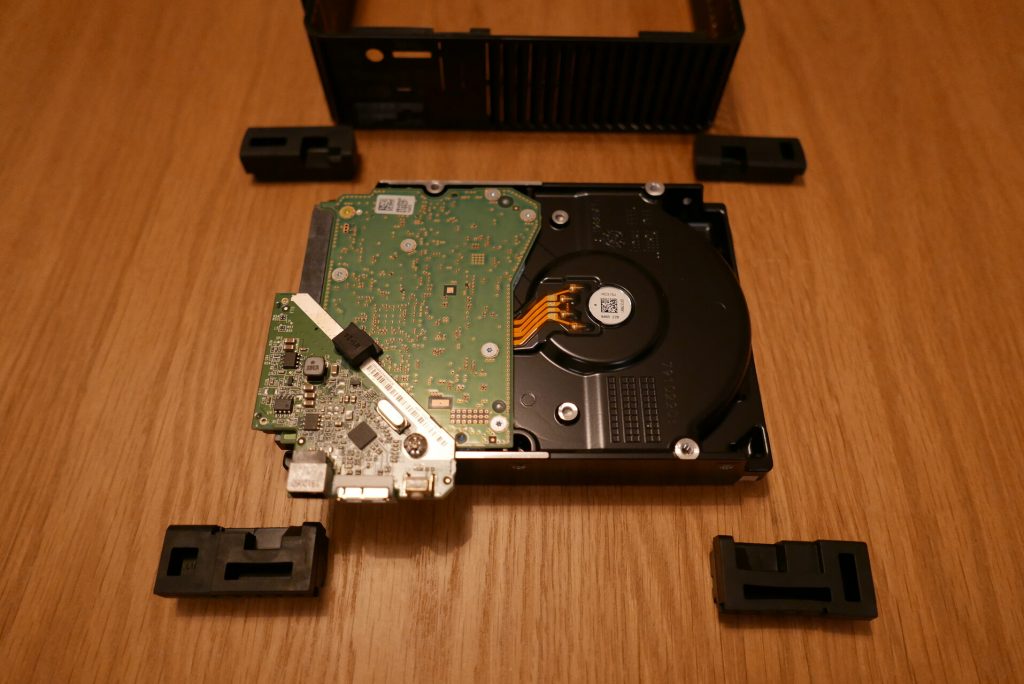
Free the drive 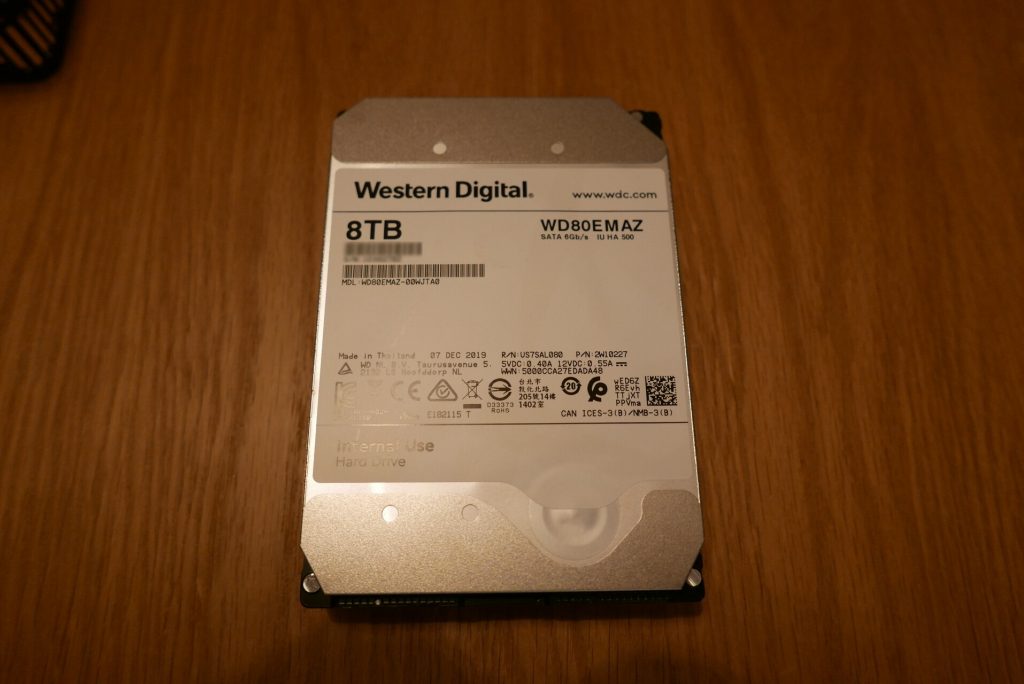
Ready for use
The scary side of shucking is that you never really know what you will get, it is a little like a surprise egg for nerds. This time we got lucky, the WD80EMAZ is actually a helium filled HGST Ultrastar, modified to run at 5400 RPM (instead of 7200 RPM).
The shucked drive ( WD80EMAZ ) runs 5-6 degrees cooler than my original 8TB WD Red drives (WD80EFAX) 😎

Update: I have multiple shucked drives in use WD80EMAZ (WD Elements with the blue text on the box) and WD80EDAZ (WD Elements with the orange text on the box). All drives have 256MB cache and are running without issues in a Synology NAS. The WD80EDAZ drives will run a lot hotter 😐

